Home>diy>Building & Construction>How Is Wood Used In Construction
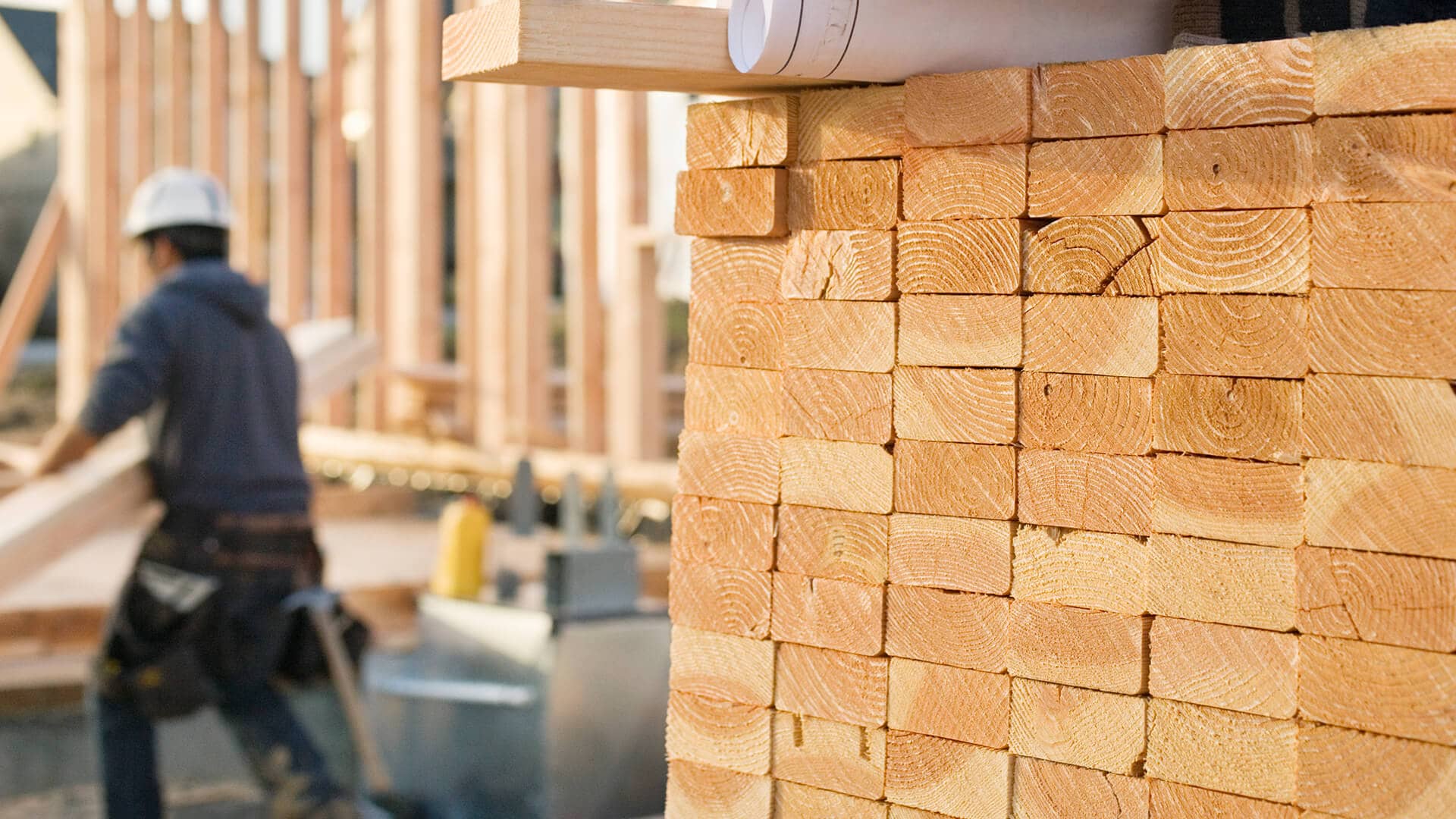

Building & Construction
How Is Wood Used In Construction
Modified: December 7, 2023
Discover the various applications of wood in building construction and how it contributes to the structural integrity and aesthetic appeal of structures.
(Many of the links in this article redirect to a specific reviewed product. Your purchase of these products through affiliate links helps to generate commission for Storables.com, at no extra cost. Learn more)
Introduction
Welcome to the fascinating world of wood construction! Wood has been a primary building material for centuries, offering a unique blend of strength, versatility, and beauty. From ancient structures to modern architectural marvels, wood has played a crucial role in shaping our built environment.
Wood is not only aesthetically pleasing but also one of the most sustainable building materials available. It is renewable, recyclable, and has a significantly lower carbon footprint compared to other construction materials like steel or concrete. In an era where sustainability is increasingly important, wood takes center stage as a viable solution for environmentally conscious builders and homeowners.
Wood is renowned for its structural integrity and is used in various ways in the construction industry. It serves as a key component in framing, roofing, flooring, cladding, and interior finishing. Combining strength and flexibility, wood can withstand heavy loads, seismic activity, and extreme weather conditions.
Wood-based products, such as engineered wood, plywood, and oriented strand board (OSB), have revolutionized the construction industry. These materials offer enhanced stability, increased load-bearing capacity, and improved resistance to moisture and pests. With the advancement of wood composites like particleboard and fiberboard, builders have a wider range of options to choose from.
When it comes to wood construction, it is essential to consider treatments and preservation methods. Certain treatments can enhance wood’s resistance to fire, pests, and decay, ensuring its longevity and safety. Additionally, fire-resistant coatings, sprinkler systems, and proper ventilation are incorporated to meet safety regulations and protect structures.
Beyond its practical uses, wood construction provides numerous environmental benefits. The growth of trees contributes to carbon sequestration, mitigating climate change. Harvesting and replanting sustainably managed forests further enhance this positive impact. Moreover, utilizing wood as a building material reduces energy consumption during manufacturing and construction processes.
As we dive into the world of wood construction, we will explore its various applications, the process of creating wood-based products, safety considerations, and its significant environmental contributions. Join us on this informative journey as we unveil the wonders of wood construction!
Key Takeaways:
- Wood construction offers a sustainable, low-carbon building solution with environmental benefits such as carbon sequestration, reduced energy consumption, and support for local economies.
- Proper wood treatments, fire resistance measures, and adherence to building codes are crucial for ensuring the durability, safety, and longevity of wood in construction.
Read more: What Wood Is Used In Construction
Wood as a Sustainable Building Material
Wood is hailed as one of the most sustainable building materials available today. Unlike non-renewable resources, such as steel and concrete, wood is a renewable resource that can be sustainably harvested and replanted. Trees absorb carbon dioxide from the atmosphere, making wood a carbon-neutral material. When responsibly managed forests are harvested, new trees are planted to replace the ones that were cut down, ensuring a continuous supply of wood while promoting forest regeneration.
Another key aspect of wood’s sustainability is its low energy consumption during the manufacturing process. Compared to the energy-intensive production of materials like steel and concrete, wood requires significantly less energy to convert timber into usable building components. This lower energy demand translates to reduced greenhouse gas emissions and a smaller carbon footprint.
Furthermore, wood has a high thermal efficiency, meaning it provides excellent insulation properties. This natural insulation can help reduce energy consumption related to heating and cooling in a building. Wood’s thermal properties contribute to improved energy efficiency, reducing reliance on artificial heating and cooling systems and lowering greenhouse gas emissions associated with energy consumption.
In addition to its environmental benefits, wood offers other advantages as a building material. It is lightweight, making it easier to transport and handle, reducing energy consumption in the transportation process. Wood is also incredibly versatile, allowing for a wide range of design possibilities. Its natural beauty adds warmth and character to any space, creating a welcoming and visually appealing environment.
Wood is also a durable material when properly maintained and protected. With regular maintenance and appropriate wood treatments, it can have a lifespan that matches or exceeds other construction materials. If a wooden structure reaches the end of its life cycle, it can be easily dismantled and recycled, reducing waste and promoting a circular economy.
By choosing wood as a building material, individuals and organizations can contribute to a more sustainable future. Its renewability, low energy consumption, insulation properties, versatility, and durability make it an ideal choice for environmentally conscious builders and homeowners. Harnessing the power of wood in construction not only creates visually stunning and functional spaces but also helps preserve our planet for future generations.
Structural Uses of Wood in Construction
Wood is a versatile material that offers excellent structural properties, making it suitable for a wide range of applications in construction. Whether it’s a residential, commercial, or industrial project, wood can be used in various structural elements to provide strength, stability, and durability.
One of the primary uses of wood in construction is framing. Wood frames, also known as timber frames, are used to create the skeletal structure of a building. The framing system includes vertical columns, horizontal beams, and diagonal bracing, forming a sturdy framework that supports the weight of the entire structure. Wood framing is a popular choice due to its exceptional strength-to-weight ratio, ease of construction, and cost-effectiveness.
Roofing is another crucial application of wood in construction. Wood roof structures, such as trusses and rafters, provide support and stability to the roof. The natural beauty of wood can be showcased by using exposed timber beams in the interior, creating an aesthetic appeal. Additionally, wood’s thermal efficiency contributes to insulation, helping to regulate the temperature within the building.
Flooring is yet another prevalent use of wood in construction. Wood flooring adds warmth and elegance to a space, creating a welcoming and timeless ambiance. Solid wood flooring or engineered wood flooring is commonly used due to its durability, aesthetic appeal, and ease of maintenance. It provides a comfortable surface to walk on while enhancing the overall aesthetics of a room.
Wood is also widely used as a cladding material in construction. Exterior wood cladding not only enhances the visual appeal of a building but also acts as a protective layer against weather elements. It can be used in various forms, such as shingles, boards, or panels, allowing for creative designs and architectural versatility. Wood cladding also offers excellent insulation properties, contributing to energy efficiency.
When it comes to interior finishing, wood is a popular choice for various elements. From doors and windows to moldings and trim, wood adds a touch of elegance and sophistication to a space. Wood’s natural beauty can be showcased through the use of solid wood doors or customized wood trim, creating a luxurious and inviting environment.
Overall, the structural uses of wood in construction are vast and varied. Whether it’s framing, roofing, flooring, cladding, or interior finishing, wood provides strength, stability, and aesthetic appeal to a building. Its versatility and impressive structural properties continue to make it a preferred choice for builders and architects around the world.
Framing
Framing is a fundamental aspect of wood construction and forms the backbone of a building’s structure. Wood frames, often referred to as timber frames, are widely used due to their strength, versatility, and cost-effectiveness.
Wood framing involves constructing the skeletal structure of a building using a combination of vertical columns, horizontal beams, and diagonal bracing. These components work together to provide stability, support, and load-bearing capabilities.
One of the key advantages of wood framing is its exceptional strength-to-weight ratio. Wood is a lightweight material, making it easier to transport and handle during construction. However, it is also incredibly strong, able to withstand heavy loads and seismic activity. This balance of strength and weight allows for efficient construction processes and reduces the need for heavy machinery or equipment.
Wood framing offers design flexibility, allowing for various architectural styles and customizable configurations. It can accommodate complex designs, including curved walls, vaulted ceilings, and multi-story structures. With advancements in technology, wood framing systems have evolved to include pre-engineered components, such as trusses and panels, which facilitate faster and more efficient construction.
Wood frames also provide excellent insulation properties. Wood has a natural thermal efficiency, meaning it can help regulate temperatures within the building by minimizing heat transfer. This can lead to energy savings and increased comfort for occupants.
In terms of sustainability, wood framing is an environmentally friendly choice. Wood is a renewable resource that can be sustainably harvested and replanted. When responsibly managed forests are harvested, new trees are planted, ensuring a continuous supply of wood while promoting forest regeneration. Additionally, wood’s low energy consumption during manufacturing and its ability to sequester carbon contribute to its sustainable attributes.
Properly constructed and maintained wood frames can have a long lifespan, matching or even exceeding the durability of other construction materials. Regular maintenance, such as checking for moisture damage and ensuring adequate ventilation, is essential to prevent decay or pest infestation.
Overall, wood framing is a versatile, cost-effective, and sustainable method of constructing the skeletal structure of a building. Its strength, design flexibility, insulation properties, and environmental benefits have made it a preferred choice for residential, commercial, and industrial construction projects.
Roofing
When it comes to roofing, wood is a timeless and versatile choice that brings both beauty and functionality to a building. Wood roofing systems have been used for centuries and continue to be popular for their aesthetic appeal, natural insulation properties, and durability.
Wood roof structures, such as trusses and rafters, provide support and stability to the roof. The natural beauty of wood can be showcased by using exposed timber beams in the interior, creating a warm and inviting atmosphere. Additionally, wood’s thermal efficiency contributes to insulation, helping to regulate the temperature within the building.
One of the key advantages of wood roofing is its ability to withstand harsh weather conditions. Wood offers exceptional strength and resilience, allowing it to withstand wind, rain, snow, and even seismic activity. Properly designed and constructed wood roofs can have a long lifespan, with regular maintenance and appropriate treatments to protect against moisture and pests.
Wood roofing provides excellent natural insulation properties. Wood acts as a natural insulator, helping to keep buildings cool in the summer and warm in the winter. This can result in lower energy consumption for heating and cooling, reducing both environmental impact and energy costs.
Wood roofing systems also offer design flexibility. Wood can be cut and shaped into various forms, allowing for unique and intricate roof designs. From traditional gable roofs to more elaborate designs with multiple peaks and angles, wood can be customized to match the architectural style and vision of the building.
Wood roofs can be enhanced with additional layers of protection. The use of underlayment, such as asphalt felt or synthetic membranes, can provide an added barrier against water infiltration. Additionally, fire-resistant coatings can be applied to minimize the risk of fire damage.
Like any other roofing material, proper maintenance is essential to ensure the longevity of wood roofs. Regular inspections, cleaning of debris, and prompt repair of any damaged or deteriorated areas are crucial. It is also important to keep the roof well-ventilated to prevent moisture buildup, which can lead to rot and other issues.
Wood roofing offers a timeless beauty that adds character and charm to a building. Its natural insulating properties, resilience to extreme weather, design flexibility, and potential for long-term durability make it a sought-after choice for both residential and commercial applications.
It is worth noting that the use of wood roofing may vary depending on geographic location and local building codes, as some areas have specific requirements or restrictions. Consultation with a qualified professional is recommended to ensure compliance with local regulations and to determine the most suitable roofing materials for a specific project.
Read more: Why US Uses Wood For Construction
Flooring
Wood flooring is a popular choice for residential and commercial spaces, known for its timeless beauty, durability, and warmth. Whether it’s solid wood flooring or engineered wood, this type of flooring adds a touch of elegance and sophistication to any room.
One of the key benefits of wood flooring is its durability. Properly installed and maintained wood floors can last for decades, standing up to heavy foot traffic and everyday wear and tear. With regular care and refinishing, wood floors can maintain their original appearance and charm for many years.
Wood flooring offers a natural aesthetic appeal that instantly adds warmth and character to a space. The natural grain patterns, unique knots, and varying colors of wood create a beautiful and inviting atmosphere. Wood flooring is available in a wide range of species, each with its own distinctive look and characteristics.
Another advantage of wood flooring is its ease of maintenance. Unlike other flooring materials that require specialized cleaning products or extensive maintenance routines, wood floors can be cleaned with simple sweeping and occasional mopping. With proper care and attention, wood floors can maintain their beauty and functionality without much effort.
Wood flooring also offers excellent insulation properties. Wood is a natural insulator, helping to keep the floor and the room above it warm in the winter and cool in the summer. This can contribute to energy efficiency by reducing the need for artificial heating and cooling, resulting in potential cost savings and a smaller carbon footprint.
Engineered wood flooring, consisting of multiple layers of wood compressed and glued together, provides increased stability and resistance to moisture compared to solid wood flooring. This makes it suitable for areas with fluctuating humidity levels, such as basements or kitchens. Engineered wood flooring can be installed above or below grade, expanding design possibilities.
Wood flooring is versatile and can complement various design styles, from traditional to contemporary. It can be installed in different patterns, such as a classic straight pattern, herringbone, or chevron, allowing for unique and customized designs. The durability and timeless beauty of wood flooring add value to a property and create a lasting impression.
It’s important to note that wood flooring may require acclimation before installation to ensure stability and prevent issues like warping or buckling. Professional installation by experienced flooring contractors is recommended to ensure proper techniques and the best possible results.
In summary, wood flooring offers durability, natural beauty, ease of maintenance, insulation properties, and design versatility. Its ability to withstand heavy traffic, timeless appeal, and potential for long-term sustainability make it a top choice for creating stunning and inviting spaces in both residential and commercial settings.
Cladding
Wood cladding is a popular choice for both residential and commercial buildings, providing not only functional benefits but also adding a natural and timeless beauty to the exterior of a structure. Wood cladding involves the application of wooden materials to the external walls of a building, offering protection, insulation, and aesthetic appeal.
One of the primary advantages of wood cladding is its ability to enhance the visual appeal of a building. Wood has a warm and inviting appearance, with a natural grain pattern and unique knots that add character and charm. Its natural beauty creates a connection with nature and gives a sense of harmony to the overall design.
Wood cladding provides excellent insulation properties. The use of wood as an exterior material can help regulate temperature and reduce energy consumption. Wood acts as a natural insulator, keeping the building cool during hot summer months and warm during colder seasons. This thermal efficiency contributes to energy savings and increased comfort for occupants.
In addition to its visual and insulation benefits, wood cladding offers superior weather resistance. Properly treated and maintained wood cladding can resist moisture, UV rays, and temperature fluctuations. Special coatings and finishes can further enhance its durability and protect against fading, warping, and decay.
Wood cladding is available in various forms, including shingles, boards, and panels, offering flexibility and design possibilities. Horizontal or vertical installations, different widths and lengths, and various profiles and textures provide architects and builders with options to create unique and visually interesting exteriors. Wood cladding can adapt to different architectural styles, from traditional to contemporary, and can be used alone or combined with other materials to achieve the desired aesthetic.
When it comes to maintenance, wood cladding requires periodic care to retain its appearance and functionality. Regular cleaning, inspections for any signs of damage or deterioration, and reapplication of protective coatings are recommended. Proper maintenance will help prolong the durability and lifespan of the wood cladding, ensuring its long-term performance.
It is important to note that wood cladding may require specific installation techniques to ensure proper ventilation, moisture management, and structural integrity. Consultation with professionals experienced in wood cladding systems is essential to achieve the desired results while meeting building code requirements.
Wood cladding offers a versatile and sustainable solution for exterior building applications. Its visual appeal, insulation properties, weather resistance, and design versatility make it a preferred choice for those seeking a natural and timeless look that seamlessly integrates with the surrounding environment.
Interior Finishing
Wood is a versatile and aesthetically pleasing material that is frequently used for interior finishing in residential and commercial spaces. From doors and windows to moldings and trim, wood adds a touch of elegance and sophistication to the interior of a building.
One of the primary uses of wood in interior finishing is for doors and windows. Wood doors come in various styles, from solid wood to veneered options, providing both functionality and aesthetic appeal. Wood windows offer natural beauty and can be customized to match the architectural style of the building. Wood frames and sashes create a warm and inviting atmosphere while providing insulation and enhancing energy efficiency.
Moldings and trim are another essential aspect of interior finishing that can be beautifully accomplished with wood. Baseboards, crown moldings, chair rails, and casings made from wood add architectural detail and elegance to any room. Wood trim can be stained, painted, or left in its natural state to complement the overall design and color scheme of the space.
Wood ceilings are becoming increasingly popular in interior design. Whether it’s exposed wooden beams or a custom wood ceiling installation, wood adds warmth, texture, and visual interest to a room. Wood ceilings can be designed in various styles and finishes, creating a cozy and inviting atmosphere.
Wood paneling is another option for interior finishing that adds warmth and character to a space. From traditional tongue-and-groove paneling to modern wall cladding, wood panels can be installed vertically or horizontally, creating texture and visual intrigue. Wood paneling can be used to enhance a feature wall, create a focal point, or even cover the entire room for a cozy cabin-like feel.
Wood flooring, as mentioned earlier, is another popular application of wood in interior finishing. Wood floors provide a timeless and elegant look that can suit various styles and design preferences. The grain patterns, knots, and natural color variations of wood flooring add warmth and character to any room, creating a cozy and inviting atmosphere.
Custom millwork made from wood is often used in interior finishing to add unique and personalized touches to a space. From built-in cabinetry and shelving units to intricate staircases and banisters, wood craftsmanship can bring design ideas to life, creating functional and visually stunning elements within a building.
Wood in interior finishing provides more than just visual appeal; it also contributes to a comfortable and healthy indoor environment. Wood has natural acoustic properties, reducing echoing and improving sound quality within a room. Additionally, wood is a natural insulator, aiding in temperature regulation and energy efficiency.
With its versatility, natural beauty, and lasting appeal, wood is an excellent choice for interior finishing. Whether it’s doors, windows, moldings, ceilings, flooring, or custom millwork, incorporating wood elements into the interior design adds a touch of elegance and warmth that can transform any space into a truly inviting sanctuary.
When using wood in construction, make sure to choose the right type of wood for the specific application. Different types of wood have different strengths and durability, so it’s important to select the appropriate wood for the job.
Wood-Based Products in Construction
Wood-based products have revolutionized the construction industry, offering enhanced stability, improved performance, and increased design possibilities. These products, created through the processing and transformation of wood, have expanded the use of wood as a versatile and viable building material.
One notable wood-based product is engineered wood. Engineered wood, also known as composite wood or man-made wood, is manufactured by bonding layers of wood veneers or fibers together with adhesives. This process enhances the structural integrity of the wood and overcomes some limitations of solid wood. Engineered wood products include laminated veneer lumber (LVL), glulam beams, and cross-laminated timber (CLT), among others.
The advantage of engineered wood lies in its ability to offer increased strength and dimensional stability. These products have higher load-bearing capacities and can span longer distances compared to solid wood. Engineered wood also reduces the risk of warping, twisting, or splitting, which can occur to a greater extent with natural solid wood.
Plywood and oriented strand board (OSB) are two widely used types of engineered wood. Plywood is made by layering thin sheets of wood veneer together, with each layer positioned perpendicular to the previous one. This cross-grain construction provides excellent strength and resistance to cracking or splitting. OSB, on the other hand, is made by compressing and bonding strands of wood together with adhesive. OSB panels are strong and highly durable, making them suitable for various applications such as walls, floors, and roofs.
Wood composites are another category of wood-based products used in construction. These composites are made by combining wood fibers or particles with adhesives and other additives. Particleboard and fiberboard are two examples of wood composites. Particleboard is made by bonding wood particles together under heat and pressure, creating a dense and cost-effective material. Fiberboard, on the other hand, is made by breaking down wood fibers and reconstituting them into board form, resulting in a more compact and versatile product.
Wood-based products offer a range of advantages in construction. They are often lighter than their solid wood counterparts, making them easier to handle and transport. They can also be prefabricated, allowing for faster and more efficient construction processes. Furthermore, these products can be manufactured from smaller and younger trees, reducing the demand for larger, old-growth trees and promoting more sustainable forestry practices.
It is important to note that the use of wood-based products in construction must comply with building codes and regulations. Factors such as fire resistance and moisture resistance are critical considerations. Various treatments and coatings are available to enhance the fire and moisture resistance properties of wood-based products, ensuring their suitability for specific applications.
Wood-based products have expanded the possibilities in construction, offering increased strength, versatility, and sustainability. Engineered wood, plywood, OSB, and wood composites provide innovative solutions that meet the demands of modern construction and contribute to the advancement of sustainable building practices.
Engineered Wood
Engineered wood, also referred to as composite wood or man-made wood, has emerged as a game-changer in the construction industry. It is engineered by bonding layers of wood veneers or fibers together with adhesives, resulting in a versatile and reliable building material that offers enhanced strength, durability, and design flexibility.
One of the key advantages of engineered wood is its increased structural integrity. The process of bonding layers of wood together creates a product that is stronger and more dimensionally stable than solid wood. This enhanced strength allows for greater load-bearing capacity and the ability to span longer distances with less deflection. The structural reliability of engineered wood makes it suitable for a wide range of applications in construction, from floor joists and roof beams to door frames and furniture.
Engineered wood products come in various forms, each offering unique benefits. Laminated veneer lumber (LVL) consists of thin layers of wood veneers stacked and bonded together. LVL offers excellent strength, stiffness, and resistance to warping or twisting. It is commonly used as beams, headers, and rim boards, providing reliable structural support in building construction.
Glulam beams, another popular type of engineered wood, are made by bonding multiple layers of wood together. These beams can be formed into various curved or straight shapes, making them ideal for architectural design and creating visually appealing structures. Glulam beams offer high strength, allowing for long spans without the need for additional support columns.
Cross-laminated timber (CLT) has gained significant recognition in recent years. CLT consists of multiple layers of wood boards oriented perpendicular to each other and bonded together. This results in a solid and stable panel that exhibits exceptional strength and dimensional stability. CLT panels can be used for walls, floors, and roofs, providing excellent insulation properties and contributing to energy efficiency.
One of the key advantages of engineered wood is its potential to utilize smaller and younger trees, which promotes sustainable forestry practices. By using layers of veneers or strands to create engineered wood products, the demand for large, old-growth trees can be reduced. This helps minimize environmental impact while still providing a reliable and cost-effective building material.
Engineered wood also offers design flexibility. It can easily be cut, shaped, and formed into various sizes and configurations to meet the specific requirements of a project. This versatility allows for innovative and creative architectural designs, giving architects and builders the freedom to explore unique possibilities.
It is worth noting that engineered wood still requires appropriate care and consideration. Proper installation techniques, including the use of adhesives and fasteners, are essential for ensuring the structural integrity and long-term performance of engineered wood products. Adherence to manufacturer guidelines and recommended maintenance practices will help ensure optimal durability.
With its enhanced strength, durability, sustainability, and design flexibility, engineered wood has transformed the construction industry. It offers a reliable and sustainable alternative to solid wood, expanding the possibilities for innovative and eco-friendly building designs.
Plywood and OSB (Oriented Strand Board)
Plywood and oriented strand board (OSB) are two commonly used wood-based products in the construction industry. Plywood is made by layering thin sheets of wood veneer together, with each layer positioned perpendicular to the previous one. OSB, on the other hand, is made by compressing and bonding strands of wood together with adhesive. These engineered wood products offer a range of benefits and are used in a variety of applications in construction.
Plywood is known for its strength, durability, and versatility. The cross-grain construction of plywood gives it enhanced strength and stability, allowing it to resist warping, twisting, and splitting. Plywood comes in different grades, with higher grades offering greater durability and resistance to moisture. Its strength and durability make plywood suitable for various applications, such as roofing, flooring, wall sheathing, and furniture construction.
Plywood also offers excellent dimensional stability, meaning it expands and contracts less than solid wood when exposed to changes in temperature and humidity. This characteristic makes it a reliable choice for projects where stability is crucial, such as subflooring or formwork for concrete. Plywood’s smooth surface and consistent thickness make it easy to work with, providing a stable base for finishes or other building materials.
OSB is known for its strength, cost-effectiveness, and versatility. It is made by arranging strands of wood in specific orientations, layering them together, and bonding them with adhesive under high pressure. This construction method gives OSB consistent strength in all directions and eliminates the weak spots often found in solid wood. OSB panels offer excellent load-bearing capabilities and are commonly used in structural applications like walls, roofs, and subfloors.
OSB has a smooth and uniform surface that makes it suitable for various finishing treatments, such as painting or applying veneers. Its affordability and availability in large panel sizes make it a cost-effective choice for large-scale construction projects. OSB panels also have good moisture resistance when properly sealed, making them suitable for applications in humid or damp environments.
Both plywood and OSB are easy to install, with standard carpentry tools and techniques applicable to their installation. However, it is important to note that both products require proper handling and installation techniques to ensure their performance. They need to be protected from prolonged exposure to moisture during construction and must be stored in a dry and well-ventilated area.
When considering plywood or OSB for a project, it is important to consider factors such as grade, thickness, and intended application. Consulting with a professional and adhering to local building codes and regulations will ensure the appropriate choice and application of these engineered wood products.
Plywood and OSB have become key players in the construction industry, offering strength, versatility, and cost-effectiveness. Whether it’s for structural purposes, sheathing, or decorative finishes, these wood-based products continue to provide reliable solutions for a wide range of construction applications.
Wood Composites (Particleboard, Fiberboard)
Wood composites, including particleboard and fiberboard, are widely used in the construction industry for their versatility, cost-effectiveness, and environmental sustainability. These engineered wood products are created by combining wood fibers or particles with adhesives and other additives, resulting in materials that offer a range of advantages for various construction applications.
Particleboard is made by bonding wood particles together under heat and pressure. The particles, often derived from wood waste or byproducts, are combined with a resin binder to create a strong and cost-effective product. Particleboard offers a smooth and uniform surface that is ideal for painting, laminating, or applying veneers. It is commonly used for furniture, cabinets, shelving, and interior wall paneling, providing a cost-effective alternative to solid wood.
Fiberboard, also known as medium-density fiberboard (MDF), is made by breaking down wood fibers and reconstituting them into dense boards. The fibers, sourced from various wood species, are mixed with a resin binder and compressed under high pressure. The resulting boards have excellent dimensional stability, uniform density, and a smooth surface. Fiberboard is commonly used for interior trim, molding, decorative paneling, and furniture components. It can be easily shaped, cut, and routed to create intricate designs.
Wood composites offer several advantages over solid wood materials. They are cost-effective, as they can be manufactured from smaller or lower-grade wood fibers or particles. These wood elements would otherwise be considered waste or may not meet the requirements for solid wood products. By utilizing these materials, wood composites help reduce waste and promote sustainable forestry practices.
Wood composites also offer improved dimensional stability compared to solid wood. Unlike natural wood, which can expand or contract with changes in temperature and humidity, wood composites have a more consistent and uniform structure, minimizing issues such as warping or splitting. This stability makes them suitable for applications where high levels of precision and structural integrity are required.
Another advantage of wood composites is their versatility in design and customization. They can be easily machined, shaped, and molded into various forms without compromising strength or stability. This flexibility allows for the creation of intricate designs, curved surfaces, and precise cutouts, meeting the specific aesthetic and functional requirements of a project.
Wood composites also offer good insulation properties. They have low thermal conductivity, which means they can help reduce heat transfer and contribute to energy efficiency. This can lead to cost savings in terms of heating and cooling expenses and create a more comfortable indoor environment.
It is important to note that wood composites may have limitations in terms of load-bearing capacity compared to solid wood or other engineered wood products like plywood or LVL. Understanding the specific application requirements and consulting with professionals will ensure the appropriate selection and use of wood composites in construction.
In summary, wood composites such as particleboard and fiberboard offer cost-effective, sustainable, and highly customizable solutions for a wide range of construction applications. Their versatility, dimensional stability, insulation properties, and environmental benefits make them valuable options for interior trim, furniture, cabinetry, and other architectural elements.
Wood Treatments and Preservation
Wood treatments and preservation techniques play a vital role in enhancing the durability, longevity, and safety of wood in construction. These treatments help protect wood from decay, pests, and other forms of damage, ensuring its continued performance and reducing the need for premature replacement.
One common wood treatment method is the application of chemical preservatives. Preservatives are substances that penetrate the wood fibers, creating a barrier against moisture, fungi, and insects. Pressure-treated wood is a popular choice for outdoor applications, such as decks, fences, and structural components. The wood is placed in a vacuum chamber, and preservative solutions are forced into the wood under pressure. This process helps extend the lifespan of the wood and prevents rot, decay, and termite damage.
Fire retardant treatments are another important aspect of wood preservation. These treatments involve applying fire-resistant coatings or impregnating the wood with fire-resistant chemicals. Fire-retardant-treated wood can help slow down the spread of flames and increase the fire resistance of the structure. This is especially crucial in applications where fire safety is a top priority, such as commercial buildings, public facilities, and areas with strict fire codes.
Wood can also be protected from moisture damage through the application of water repellents and sealants. These products form a protective barrier on the surface of the wood, preventing water intrusion and minimizing the risk of warping, cracking, or rotting. Additionally, proper ventilation and adequate drainage should be considered in construction to mitigate moisture buildup within the wall cavities or other enclosed spaces.
Insect infestation is a common concern when it comes to wood in construction. Wood can be treated with insecticides to prevent damage caused by termites, wood-boring beetles, and other wood-destroying insects. Treatment methods vary depending on the specific pest and the extent of the infestation. It is important to work with pest control professionals who can assess the situation and provide the most suitable treatment approach.
Regular maintenance is essential for preserving the longevity and appearance of wood in construction. This includes protecting the wood from excessive exposure to moisture, UV radiation, and extreme temperature fluctuations. Applying periodic treatments, such as recoating with protective finishes or sealants, can help maintain the integrity of the wood and prevent premature deterioration.
Proper installation techniques are also critical for wood preservation. Ensure that wood components are correctly installed, fastened, and supported to prevent sagging, bending, or excessive stress on the wood. Proper ventilation around the wood, especially in enclosed spaces, is important to prevent moisture accumulation and avoid creating conditions favorable for decay or mold growth.
It is crucial to follow industry standards, building codes, and manufacturer guidelines when it comes to wood treatments and preservation. Understand the specific treatment requirements and limitations of the wood products being used in a construction project, and consult with professionals who have expertise in wood preservation techniques.
By implementing effective wood treatments and preservation methods, builders and homeowners can enhance the durability, safety, and longevity of wood in construction. These measures protect against decay, pests, fire, and moisture, ensuring that wood continues to serve its purpose as a reliable and sustainable building material for years to come.
Read more: What Is Wood Frame Construction
Fire Resistance and Safety Considerations
Fire resistance and safety are paramount considerations in construction, and it is essential to implement appropriate measures to protect buildings and occupants from the devastating effects of fire. Wood, although a versatile and sustainable building material, is combustible and requires careful attention to fire resistance and safety considerations.
One crucial aspect of fire resistance is the selection of fire-resistant materials. Various wood-based products, such as fire-retardant-treated wood, can significantly improve the fire resistance of wood elements in construction. Fire-retardant treatments involve applying special coatings or impregnating wood with fire-resistant chemicals. These treatments help slow down the spread of flames, reduce the rate of combustion, and increase the time before ignition or failure occurs.
Additionally, incorporating fire-resistant materials, such as gypsum board or mineral wool insulation, can provide additional layers of protection in buildings. These materials have a high resistance to fire and can help contain the spread of flames, delaying fire progression and allowing occupants more time to evacuate safely.
Proper installation techniques also play a crucial role in fire resistance. Adequate fire stops, such as fire-resistant caulking or sealants, should be used to seal gaps and prevent the spread of fire between building components, such as walls, floors, and ceilings. Properly installed fire doors and fire-rated assemblies can effectively compartmentalize areas, limiting fire spread and providing safe egress routes for occupants.
Fire detection and suppression systems are critical in ensuring early warning and response in the event of a fire. Smoke detectors, heat sensors, and fire alarms should be installed strategically throughout the building to detect and alert occupants of a potential fire. Automatic sprinkler systems play a vital role in controlling and suppressing fires, providing valuable time for occupants to evacuate and limiting the extent of fire damage.
Properly designed and maintained electrical systems are essential for fire safety. Electrical wiring, outlets, and switches should be installed by qualified professionals and meet all electrical codes and regulations. Regular inspections and maintenance of electrical systems can help prevent electrical faults, which can be a common cause of fires.
Additionally, it is important to educate occupants about fire safety procedures and provide clear evacuation routes and signage. Regular fire drills and training can ensure that occupants are familiar with emergency procedures and can evacuate safely in the event of a fire.
Fire resistance and safety considerations should be integrated into the design, construction, and maintenance of buildings. Collaboration with fire safety professionals, adherence to building codes and regulations, and regular inspections and maintenance are crucial to ensure that fire safety measures are effectively implemented and maintained over time.
It is worth noting that fire safety requirements may vary depending on the building type, size, and occupancy. Consulting with fire safety experts and local authorities will ensure compliance with regulations and the implementation of suitable fire resistance and safety measures for a specific construction project.
By prioritizing fire resistance and safety considerations in construction, we can create buildings that are more resilient against fire, protecting both property and, most importantly, the lives of occupants.
Environmental Benefits of Wood Construction
Wood construction offers a multitude of environmental benefits, making it a sustainable and environmentally-friendly choice for builders and homeowners. From carbon sequestration to reduced energy consumption, wood construction plays a significant role in mitigating climate change and preserving our natural resources.
One of the key environmental benefits of wood construction is its ability to store carbon. As trees grow, they absorb carbon dioxide from the atmosphere through photosynthesis, capturing and storing carbon within their fibers. By incorporating wood into construction projects, this carbon remains stored in the wood products, effectively sequestering carbon from the atmosphere. This carbon storage mitigates greenhouse gas emissions and reduces the impact of climate change.
Wood construction also offers lower embodied energy compared to other building materials such as steel or concrete. Embodied energy refers to the energy consumed during the extraction, manufacturing, transportation, and installation of building materials. Wood requires significantly less energy to produce and process compared to resource-intensive materials like steel or concrete. Utilizing wood as a building material can reduce the overall energy consumption and associated carbon emissions during the construction process.
Furthermore, wood is a renewable resource, as it can be sustainably harvested and managed. Responsible forestry practices, such as selective logging and replanting, ensure the long-term health and productivity of forests. Sustainable forest management promotes forest regeneration, biodiversity conservation, and the economic viability of forest-dependent communities.
Compared to other building materials, the production of wood products generates fewer water and air pollutants. The manufacturing of wood products consumes less water and generates less wastewater compared to other construction materials. Additionally, wood products have a lower embodied water footprint, meaning they require less water throughout their life cycle compared to alternative materials.
Wood construction also contributes to improved indoor air quality. Wood is a natural, non-toxic material that does not release harmful emissions or volatile organic compounds (VOCs) into the air. This is especially important for occupant health and well-being, as poor indoor air quality can lead to various respiratory and health issues.
Wood construction projects can also support local economies and rural communities. By utilizing local timber resources, wood construction projects can create job opportunities and economic growth in timber-producing regions. This helps promote sustainable land management practices and reduces the need for long-distance transportation of materials.
Lastly, wood construction can have a positive aesthetic impact, creating warm and inviting spaces. The natural beauty of wood brings a sense of connection with nature and visually enhances the built environment. Wood’s warmth and versatility allow for creative architectural designs and unique detailing, creating spaces that are both visually appealing and sustainable.
Overall, wood construction offers numerous environmental benefits. Its carbon sequestration properties, low embodied energy, renewable nature, and positive impact on indoor air quality all contribute to a more sustainable and resilient built environment. By choosing wood as a building material, we can reduce our environmental footprint, combat climate change, and create a healthier and more sustainable future.
Conclusion
Wood construction is a remarkable blend of sustainability, strength, versatility, and beauty. As a renewable and low-carbon building material, wood offers a range of environmental benefits. Its ability to sequester carbon, coupled with lower embodied energy and reduced water and air pollutants, makes it a strong contender for sustainable construction practices.
Wood’s structural properties make it a reliable choice for framing, roofing, flooring, cladding, and interior finishing. Wood frames provide strength and stability, while wood roofing offers both aesthetic appeal and natural insulation properties. Wood flooring adds warmth and elegance to spaces, while wood cladding enhances the visual appeal and offers excellent insulation. Furthermore, wood’s natural beauty shines through in its use for doors, windows, moldings, and trim.
Wood-based products, such as engineered wood, plywood, OSB, and wood composites, have expanded the possibilities in construction. Engineered wood provides enhanced strength, stability, and design flexibility, while plywood and OSB offer structural integrity and moisture resistance. Wood composites like particleboard and fiberboard offer cost-effective alternatives and customization opportunities.
Wood construction requires proper treatments and preservation techniques for optimal durability and safety. From fire resistance coatings to moisture protection, implementing these measures ensures the long-term performance and longevity of wood in construction. Fire resistance and safety considerations, including fire-resistant materials, fire detection and suppression systems, and proper installation techniques, are vital to safeguard buildings and occupants.
Despite its many benefits, it is important to consider the specific requirements and limitations of wood construction. The selection of appropriate materials, adherence to building codes and regulations, and consultation with professionals are essential to ensure successful and sustainable wood construction projects.
In conclusion, wood construction offers a wealth of advantages. Its sustainability, strength, versatility, and aesthetic appeal make it a valuable choice for residential, commercial, and industrial buildings. By harnessing the power of wood, we can create environmentally-friendly structures that combine functionality, beauty, and a commitment to a more sustainable future.
Frequently Asked Questions about How Is Wood Used In Construction
Was this page helpful?
At Storables.com, we guarantee accurate and reliable information. Our content, validated by Expert Board Contributors, is crafted following stringent Editorial Policies. We're committed to providing you with well-researched, expert-backed insights for all your informational needs.
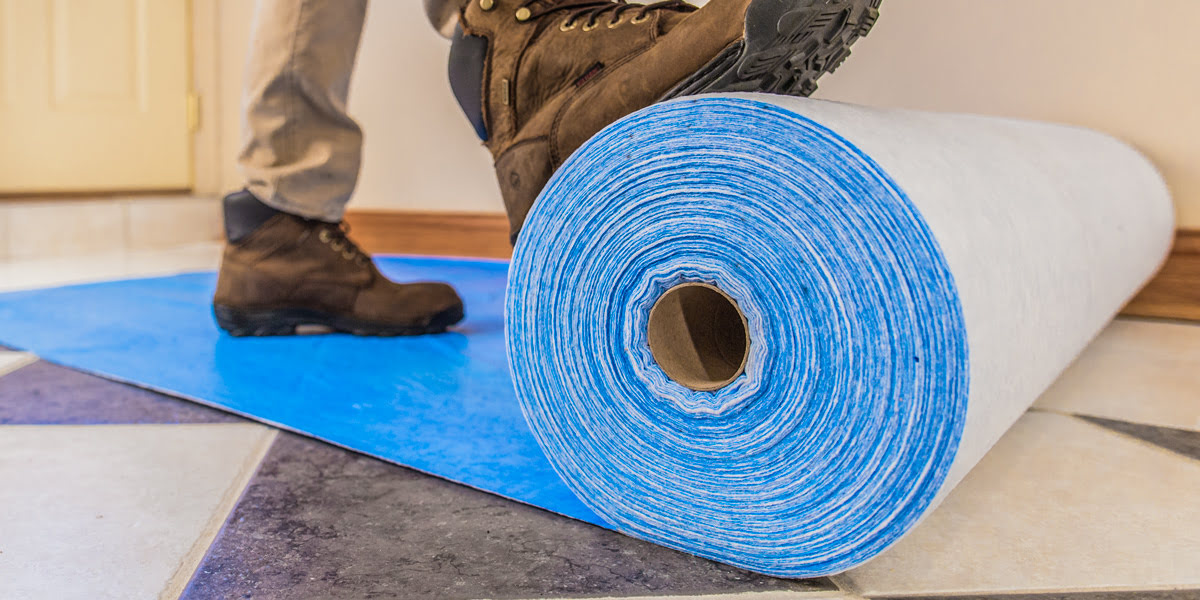

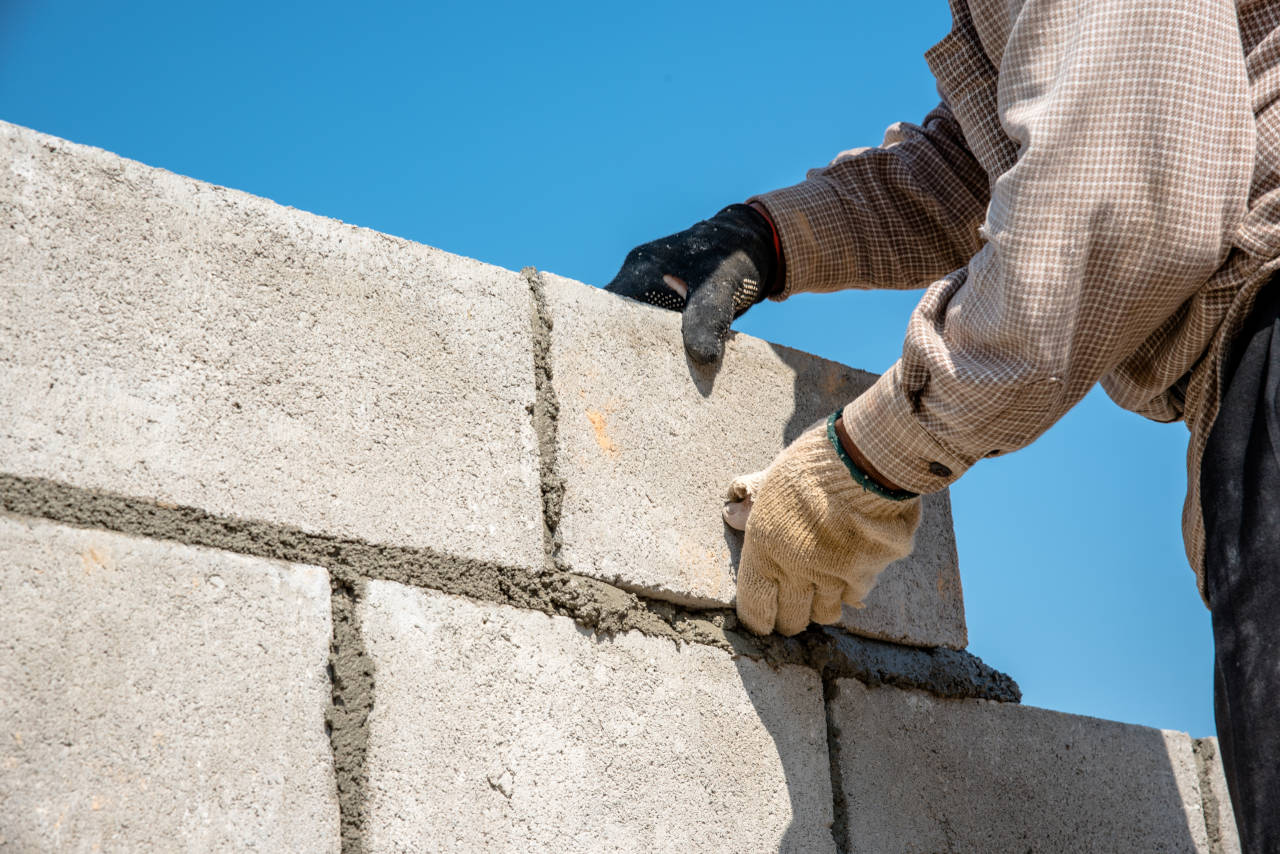
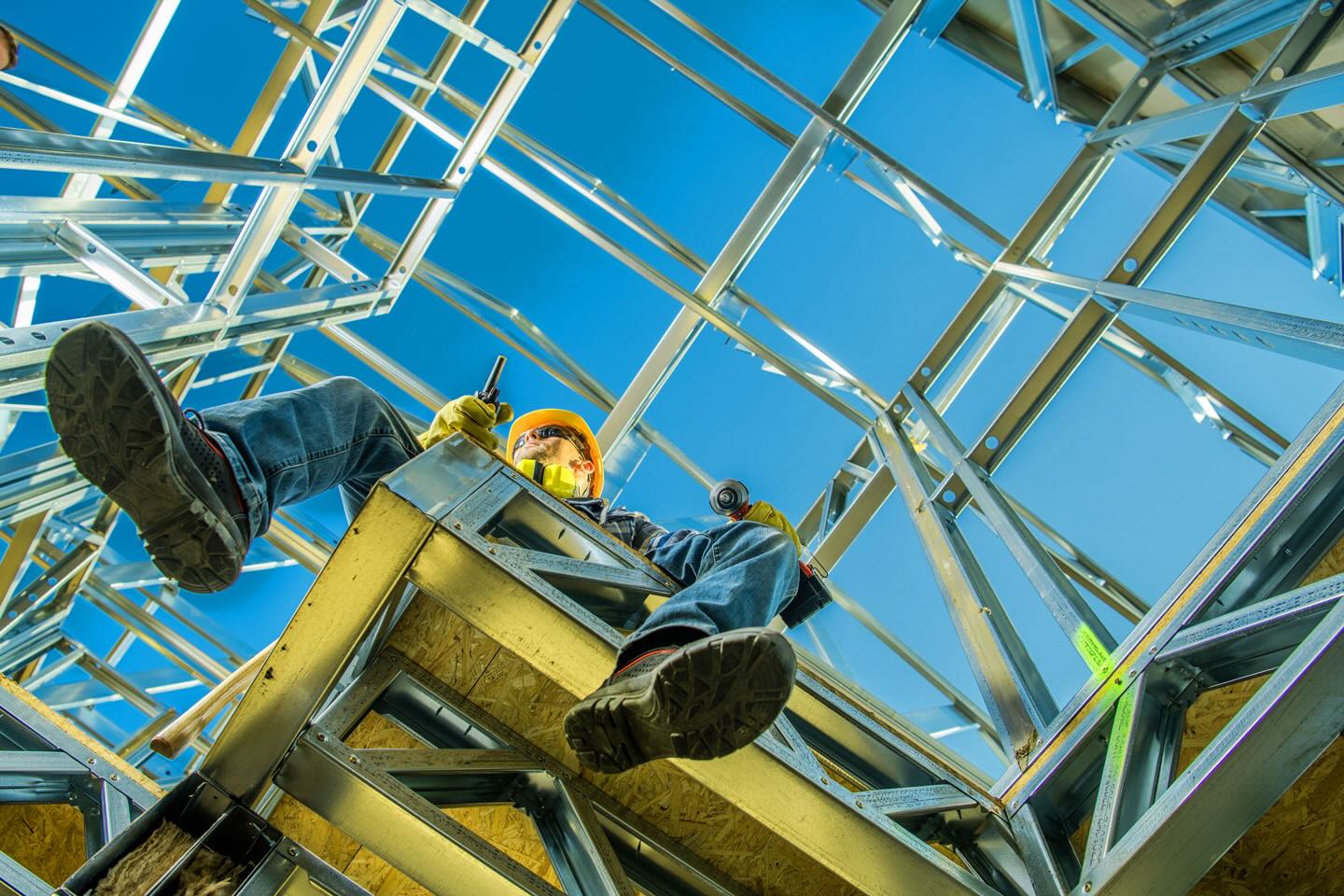
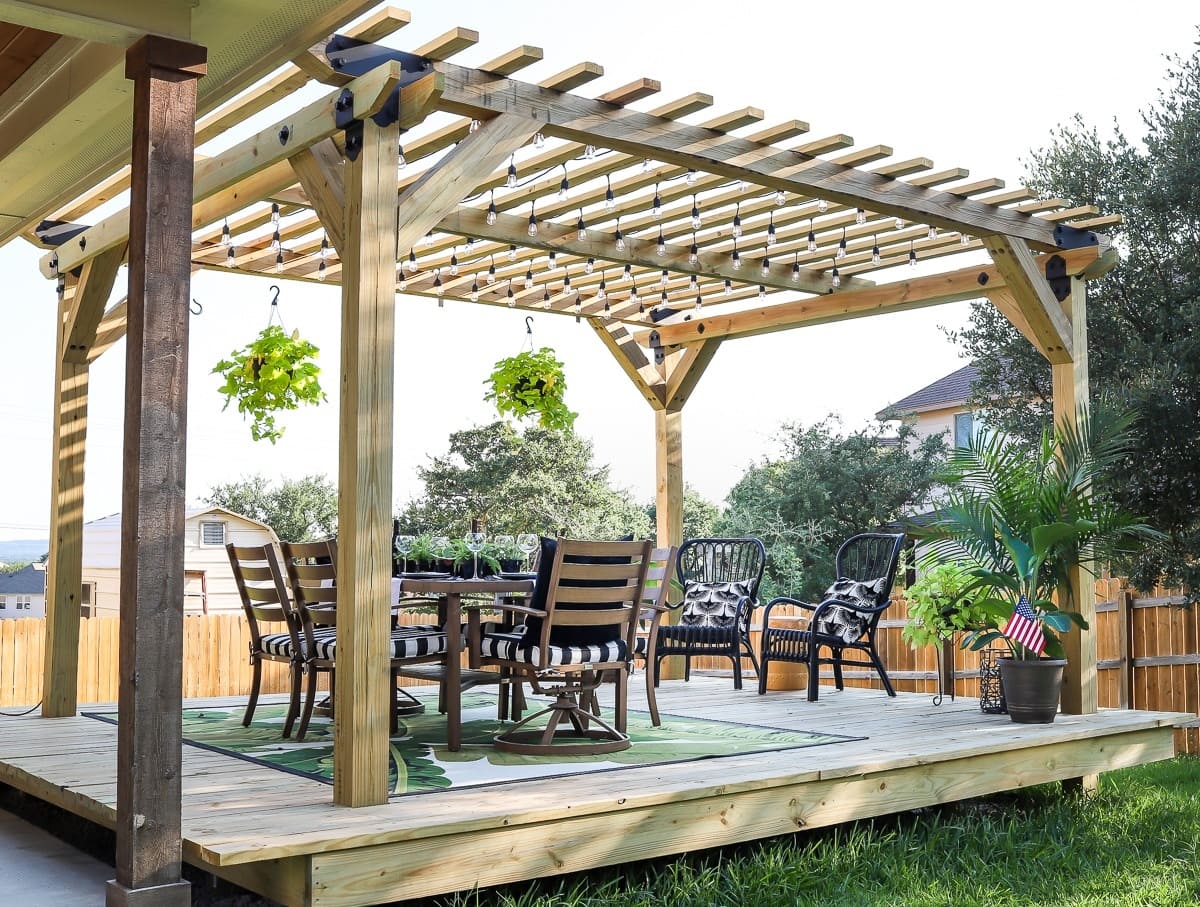


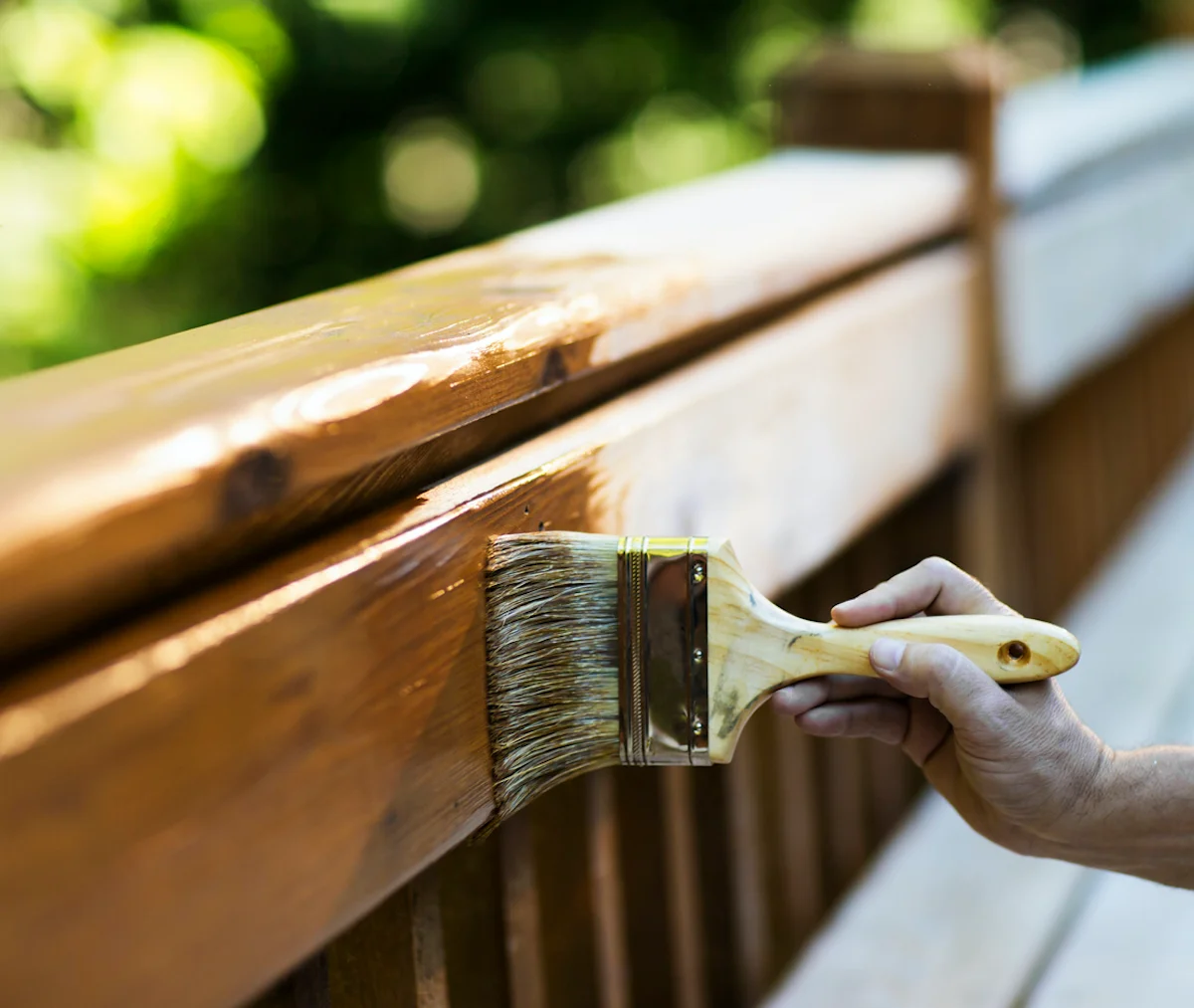
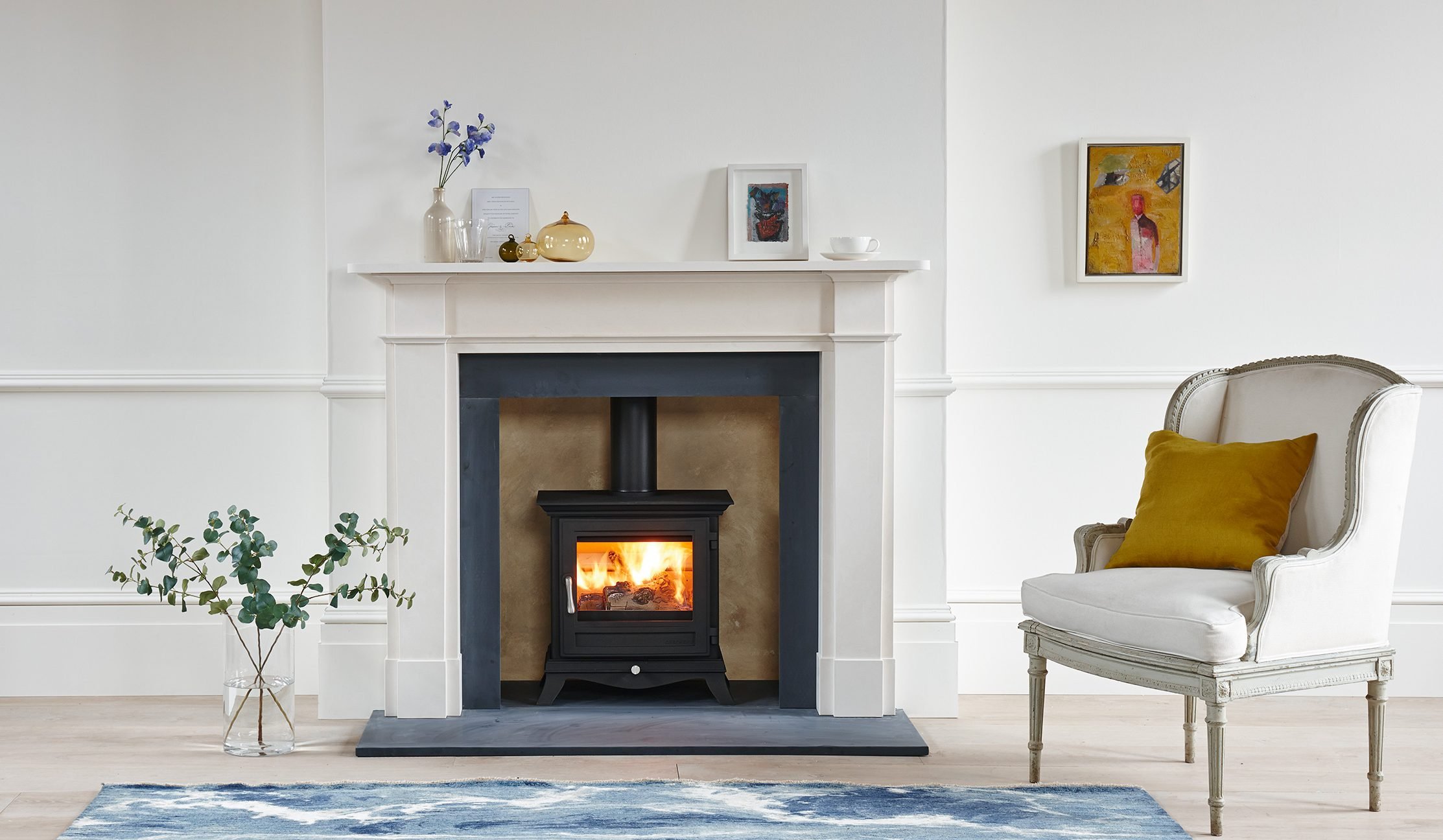
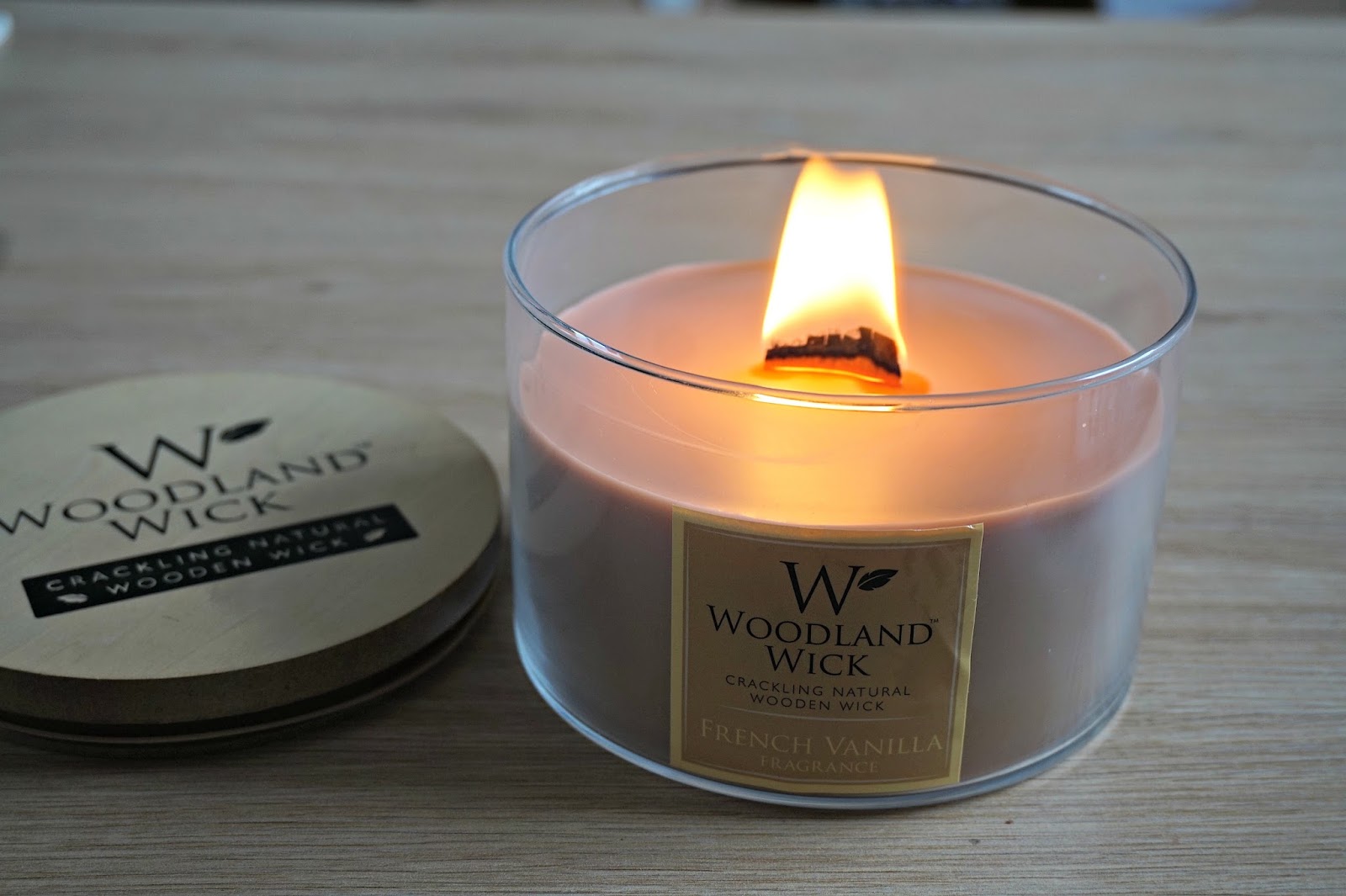
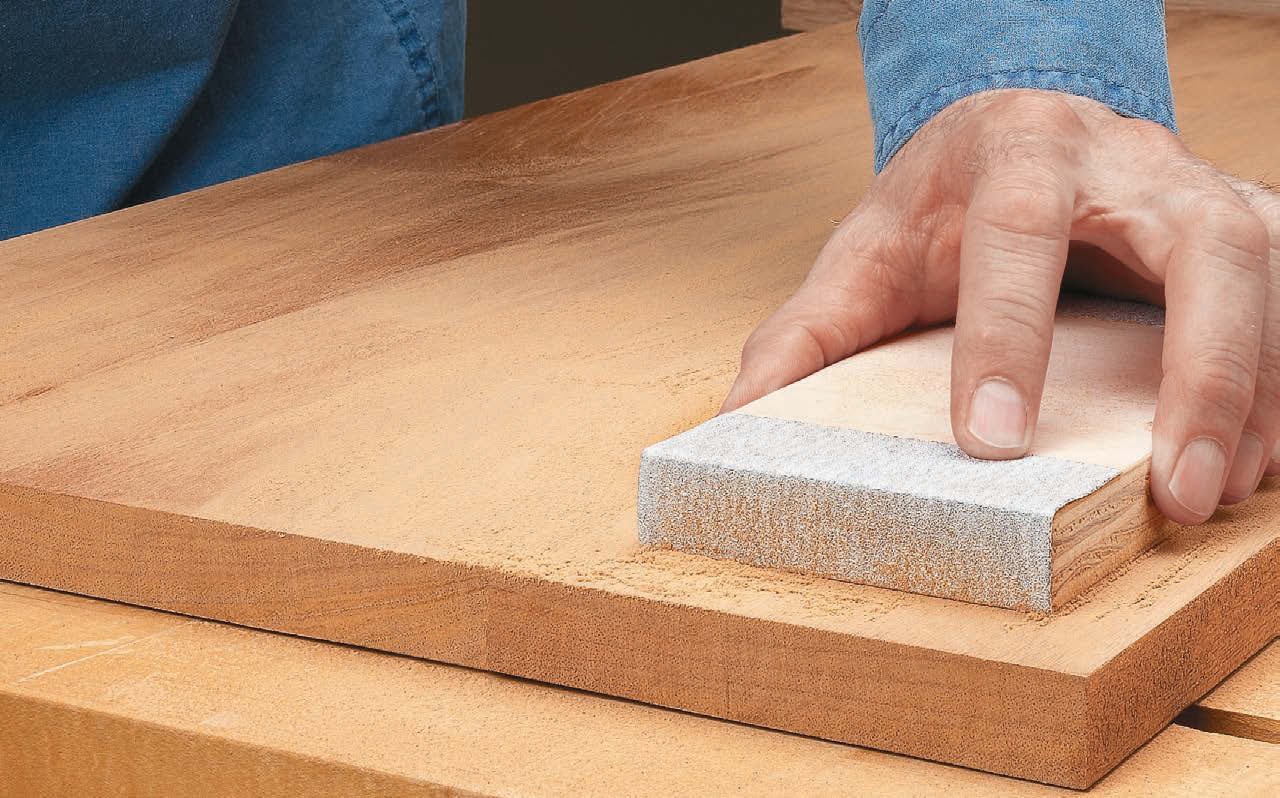


0 thoughts on “How Is Wood Used In Construction”